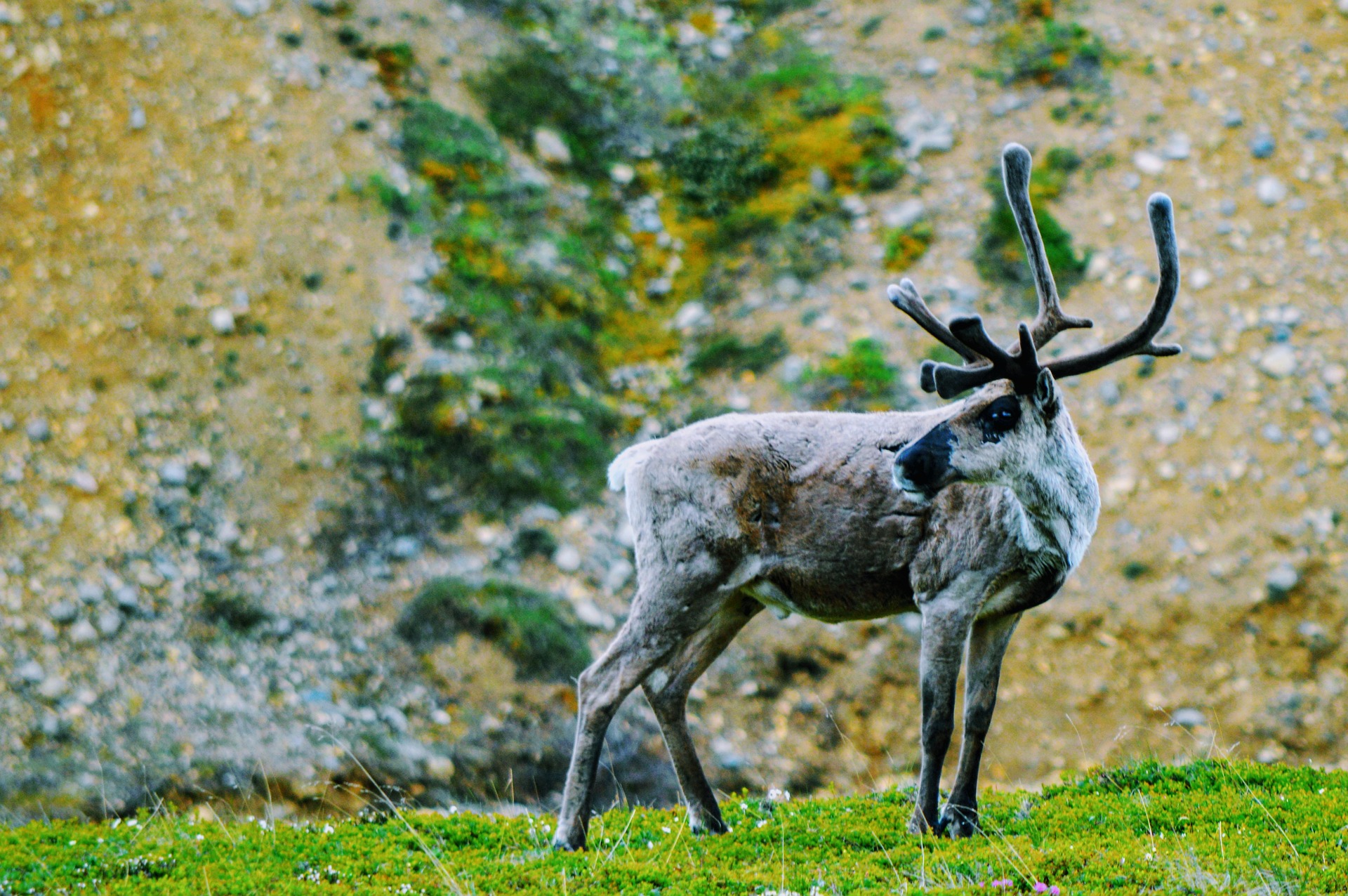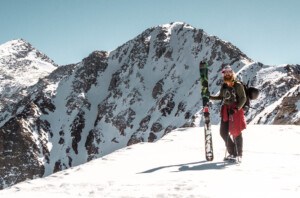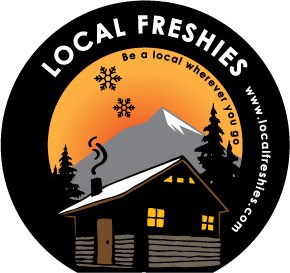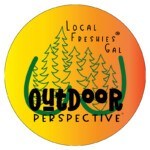We’ve been making it a point to explore events happening in the greater Lake Tahoe basin. One of the cooler things to do mid-week is to check out a series done by Alpenglow Sports called the “Tailgate Series”. The concept is that every Thursday they host a one-of-a-kind speaker over some brews at their shop. As soon as I heard it was going to be a talk about Alaska and the “Last Great Wilderness”, I was in. Little did I know it would open my eyes to what is happening in the Arctic National Wildlife Refuge (ANWR) in the area called the “1002”.
No matter what you believe regarding climate change, I hope that since you read our content about local mountain towns, you choose to just love the great outdoors in general. Maybe you’re a big game hunter or just a person that loves to ski, but in your core, you want to make sure there’s something for future generations to see. One of these places that should be on your bucket list to visit is the Arctic National Wildlife Refuge.
America’s Serengeti
 Even after personally visiting “southern” Alaska, my perception of the northern fringes of the state were VERY wrong. I thought it was a wasteland with just some grasses, flat ground and no animals. Wow, was I off! This part of Alaska is considered the Serengeti of North America. Nearly 200,000 Porcupine caribou make the journey EVERY summer across the continent to return to this coastal plain and birth their young. This small sliver by the Arctic ocean is filled with 250 species of wildlife. Muskoxen, polar bears, wolves and many other animals play out the classic Savannah story that no other part of America has anymore. Could you imagine seeing bison roam the Great Plains in the millions? Well, in northern Alaska, you still can see something like this.
Even after personally visiting “southern” Alaska, my perception of the northern fringes of the state were VERY wrong. I thought it was a wasteland with just some grasses, flat ground and no animals. Wow, was I off! This part of Alaska is considered the Serengeti of North America. Nearly 200,000 Porcupine caribou make the journey EVERY summer across the continent to return to this coastal plain and birth their young. This small sliver by the Arctic ocean is filled with 250 species of wildlife. Muskoxen, polar bears, wolves and many other animals play out the classic Savannah story that no other part of America has anymore. Could you imagine seeing bison roam the Great Plains in the millions? Well, in northern Alaska, you still can see something like this.
“1002” In The ANWR
You may have heard these acronyms thrown around in the news. The “1002” is a moniker for the small coastal plain inside the Wildlife Refuge where companies want to explore drilling. If you look at a map, you’ll see a region west of the “1002” named the National Petroleum Reserve. The National Petroleum Reserve, over 23 MILLION acres in size, is permitted for drilling yet the “1002” continues to be a hotbed of debate.
Coastal Plain Is The Calving Area Of The Porcupine Caribou
 So, why does such a small parcel of land on the coast matter? Caribou herds are drawn to the same calving area each year. And for the Porcupine caribou, it’s the “1002” area. They birth their young on this coastal plain in the Arctic National Wildlife Refuge. Under the hooves of the Arctic Porcupine caribou, oil companies “suspect” large reserves of crude oil exist but haven’t confirmed that yet. In 2017, the US government opened this area to oil and gas drilling. This December 2018, seismic testing can begin in the area to start exploration.
So, why does such a small parcel of land on the coast matter? Caribou herds are drawn to the same calving area each year. And for the Porcupine caribou, it’s the “1002” area. They birth their young on this coastal plain in the Arctic National Wildlife Refuge. Under the hooves of the Arctic Porcupine caribou, oil companies “suspect” large reserves of crude oil exist but haven’t confirmed that yet. In 2017, the US government opened this area to oil and gas drilling. This December 2018, seismic testing can begin in the area to start exploration.
Imagine pristine places like Desolation Wilderness, Yellowstone National Park or any other scenic natural place. How would you feel if they were filled with oil derricks and potentially no wildlife? Personally, I love soaking in the natural landscape and seeing the animals thriving in their habitat. The Arctic National Wildlife Refuge is a heated area for debate. On one hand, it’s one of the rare pieces of unspoiled wilderness left in the world. On the other, it’s home to the largest unexplored, potentially productive geologic onshore basin in the United States. How do you weigh out the importance of jobs and economic growth to the preservation of the environment? Now that’s a whopper of a question to answer!
Want to learn more about the Sierra Club’s efforts in this region? Check out their write-up here. Or if you’d like to read about something a little less heavy and focused on having fun in the summer months check out our comprehensive summer guide: Cool Off With Summer Fun In The Mountains.










